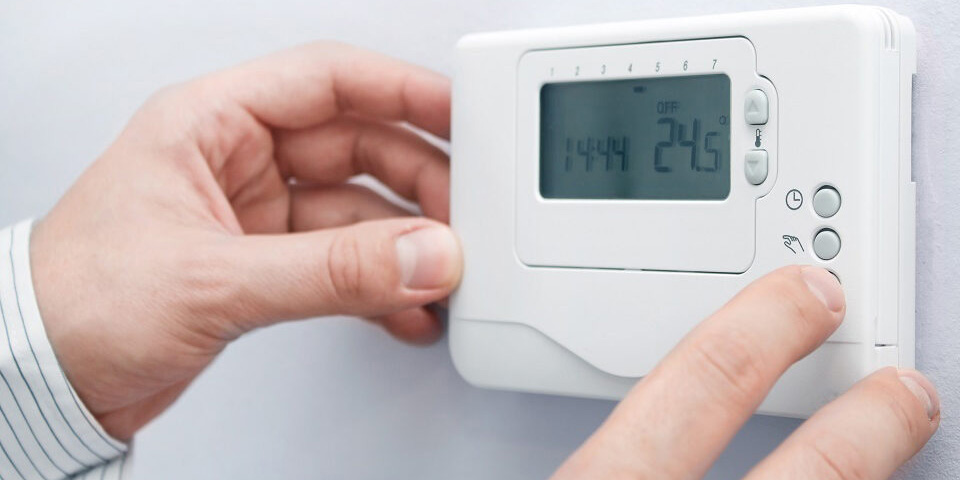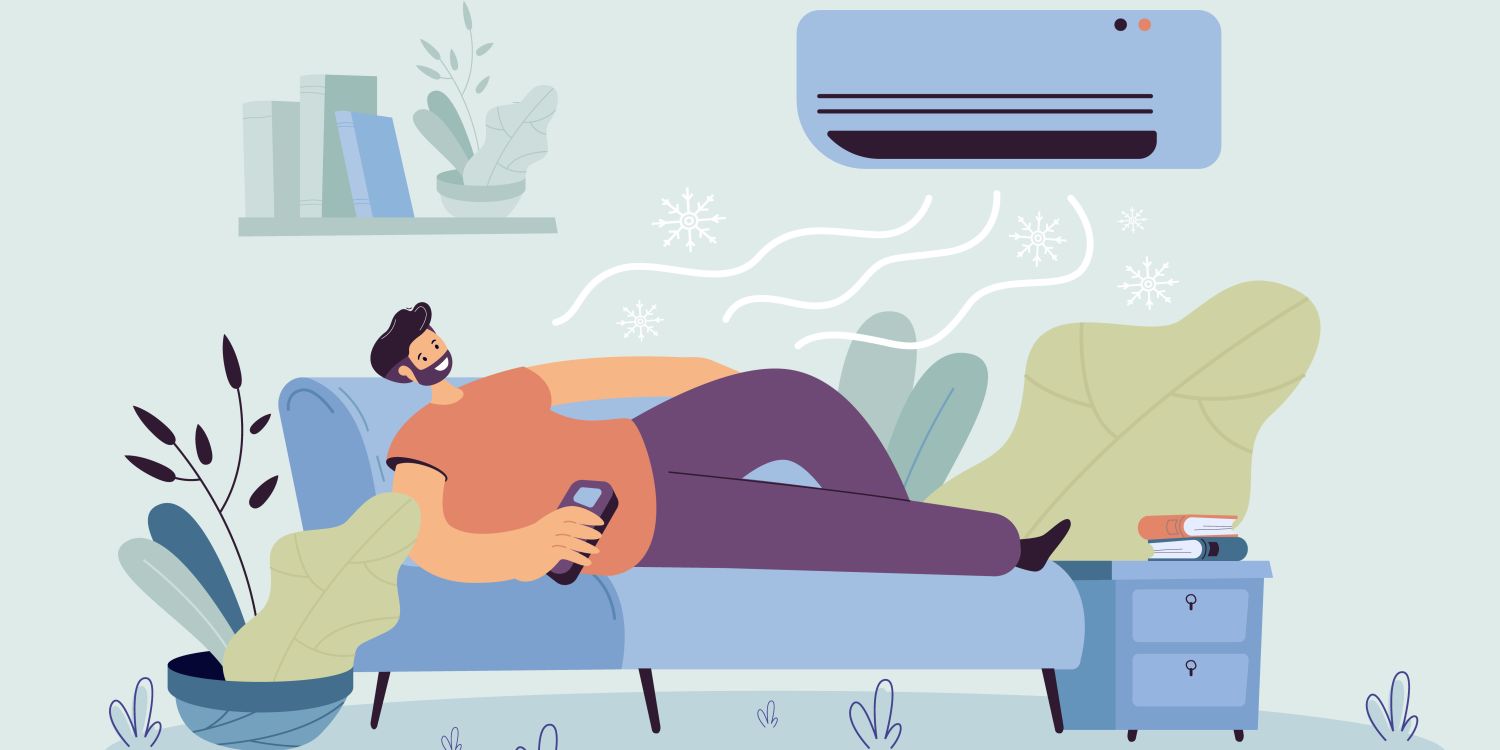Thermostat troubleshooting tips
The thermostat is one of the most important appliances in our homes, keeping our homes comfortable year-round. It works with our heating and air conditioning (HVAC) systems to regulate indoor temperatures. However, like all appliances, thermostat have problems from time to time.
A thermostat can malfunction for a variety of reasons, from simple wiring problems to faulty components. However, one of the most common problems homeowners encounter is a powerless thermostat. Hopefully, these helpful troubleshooting tips will help you fix your thermostat.
First and Foremost - Check Your Thermostat Settings
One of the most common causes of thermostat power loss is accidentally changing the settings on the thermostat. This is especially true if you have a touchscreen thermostat, where it's easy to accidentally tap the button to lower or raise the temperature. To make sure this doesn't happen to you, take a look at your thermostat's settings and make sure everything is set correctly.
Check Your Thermostat's Power Supply
The first thing you need to do if your thermostat goes offline is make sure it's getting power. Go to your home's circuit breaker. Your thermostat's power switch is located at the circuit breaker because it receives power from the home's electrical system.
A power outage could cause your circuit breaker to trip, causing the thermostat to lose power. To fix this, check your circuit breaker. Make sure the breaker that supplies power to the thermostat on the circuit is on. If the breaker is off, reset it.
Replacing Worn Thermostat Batteries
Sometimes the cause of a malfunctioning thermostat is a dead battery. Your thermostat's controls and display depend on battery power, and over time the battery will lose its charge and eventually fail. If you haven't replaced your battery in a while, this could be the cause of your malfunction.
Replacing your battery with a new one can quickly restore power to your device. You can locate these batteries by removing the thermostat cover. Refer to your user manual for more information on replacing batteries.
Dealing With a Blown Fuse
If you have a thermostat that's turned on but not receiving power, there's probably a fuse problem. To find out what's going on, remove the cover and look for the fuse.
What you're looking for is the filament that runs through the unit. It looks like a tiny wire or cord. It's similar to a glass tube with metal caps on it.
If the filament looks broken, it's time to replace it. You'll usually be able to find an inexpensive replacement at most hardware stores.
Low Voltage Issue
Most thermostats are battery powered, but some are powered by 24-volt transformers in your heating, ventilation and air conditioning (HVAC) system.
Some HVAC systems can produce low voltage, causing the thermostat display to turn off. If this happens, check for a tripped circuit breaker. If you need to reset the breaker, but it keeps tripping, it's time to call a professional HVAC technician - this could be a sign of a more serious problem.
Pests or corrosion can cause wiring damage, so it's important to inspect your system's wiring quickly. Faulty wiring between the system and the power transformer, or a faulty transformer, can also cause the thermostat to shut off. Experts recommend seeking professional help if you notice any problems with your transformer or wiring.
Is Your Thermostat Not Meeting Your Needs?
Aging thermostats can wear out over time. When all else fails, it's likely that your thermostat is past its best days. If you're in this situation, upgrade your thermostat to a more advanced programmable model. These advanced models allow you to schedule power cycles and even offer features like remote temperature adjustment from your smartphone. If your current thermostat isn't working for you, an upgrade could be the perfect solution.
There are many different types of programmable thermostats on the market, so you'll need to consult a professional to find the right one for you.
Keeping your thermostat running smoothly is essential to your home's year-round comfort. We hope these troubleshooting tips will help you get your thermostat back up and running quickly and effectively. If you are experiencing a problem with a thermostat at your home in Philadelphia that you are not able to handle on your own - we at AC Comfort HVAC LLC are here to help you at your request.










